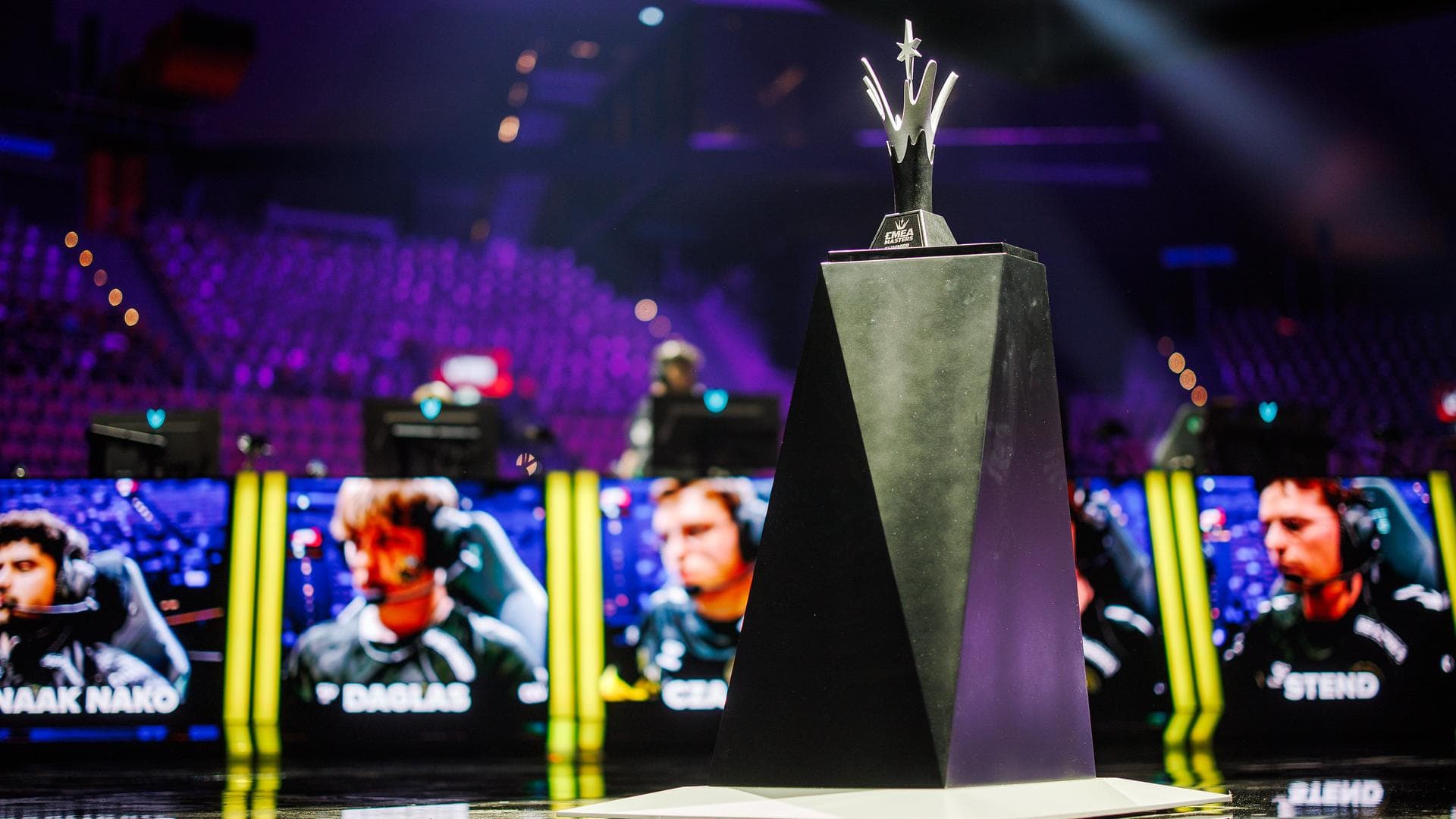A report examining the flawed reasoning behind the layoffs at the LEC and how Riot's internal inefficiency has become a burden on the LEC and LCS.
In late January, Riot Games announced massive layoffs, resulting in the termination of 530 employees within an hour—nearly 11% of Riot’s global workforce. As layoffs swept the industry in the following days, it became clear that lolesports had emerged relatively unscathed compared to the OWL and CDL; at the very least, the leagues remained largely intact.
Still, the LEC experienced particularly severe layoffs, affecting at least 27 Rioters, a list that — notably — included all but one observer. This development was especially shocking given the league’s recent surge in viewership, which hinted at a potential new golden age for European LoL. Instead of downsizing the LCS—a league that was comparatively struggling by nearly all metrics—Riot disproportionately laid off LEC staff.
With a warning from Sjokz that the weekend’s broadcast would be barebones and an announcement that RDYCHK and PGL would be suspended for the week, it seemed like the LEC would barely be functional without the missing staff. Most importantly, as many in the community pointed out, running the entire broadcast with only one observer seemed impossible. It was.
Instead of limping through the weekend with a vastly smaller staff, the LEC turned to temporary freelancers and Gravity Media employees from Project Stryker to fill crucial positions left vacant by the layoffs. Multiple sources also confirmed that an observer was flown out from Los Angeles to work the weekend as a day-rate freelancer, with Riot covering their flight and hotel expenses. Nonetheless, sources in Berlin agreed that the layoffs resulted in multiple teams—such as observers, engineers, and producers—not operating at full capacity.
Riot’s layoffs only affected “red badges”—full-time employees who work directly for the company. As full-time Rioters, they receive perks, benefits, and job security. Conversely, “orange badges”—day-rate freelancers or contractors, representing a significant fraction of Riot’s workforce—were unaffected.
After speaking to sources at Riot familiar with the situation, it became apparent that the full-time distinction played a major role in the asymmetrical layoffs between the LCS and LEC. For Riot, the layoffs were a means to convert red badge, full-time positions to contractor positions in order to save resources—a straightforward, albeit ruthless, strategy to cut costs.
“[LEC] was trying to cut down on red badges, since they felt like they had over-hired, so they were purging those [positions],” explained a source close to the situation speaking on condition of anonymity. “Since these positions are no longer full-time, some people may reapply when those positions open for freelancer applications, but it depends on the person and gig, obviously. [...] No one to my knowledge was laid off with the intention of rehire, but it may happen for hyper-specific [roles] like observers.”
For sources familiar with the LCS, the reasoning behind Riot’s disproportionate layoffs at the LEC was evident: they had observed the same pattern in the LCS. Over the past several years, Riot had gradually eliminated full-time positions at the LCS and replaced them with orange badge positions, quietly cutting costs and scaling down the broadcast.
“The cuts in Europe are a very concentrated burst variation of what has been happening in the LCS for the last five years or so,” explained a source working at the LCS. Compared to the LEC, the LCS had maintained a significantly higher proportion of orange badges for years — from a corporate perspective, layoffs were just an efficient way to convert the LEC’s employee structure to the LCS style.
The issue, however, is that the strategy is corrosive to the quality of the product. Observers serve as a prime example — in the LEC, two full-time observers were laid off, leaving only one red badge observer on the crew. In the LCS, on the other hand, observers have all been day-rate freelancers for years. It’s an unsustainable, part-time job with no upward mobility and no job security. This environment creates what one source described as “crazy turnover.”
Fans have long complained that the LCS observers don’t match up to the standards of the LEC or LCK, and there’s a good reason for that: they aren’t the same people every year. Talented observers have no incentive to trap themselves in a dead-end job for years.
The issue isn’t isolated to LCS observers—the LCS hadn’t employed a writer since their last writer’s contract forced her out at the end of 2022. Instead of hiring a new writer, the responsibilities of a dedicated LCS writer were transferred to the already-overburdened production team, further straining the broadcast and naturally deteriorating product quality.
A week after the layoffs, Marcus Jacob, LEC writer, announced that he’d been affected by the layoffs. His position will be reposted for a contractor, and the cycle will repeat.
When asked for comment about the potential impact on the LEC, Riot reaffirmed its commitment to esports in support of their games. After all, there’s no doubt that Riot wants their leagues to thrive, having enlisted immensely talented individuals for this purpose. But their crews are already overworked — trimming their numbers only makes things worse.
By cutting down on full-time positions, the leagues lose their ability to innovate or improve upon the broadcast. Riot justifies these changes by touting sustainability, but that explanation has sparked grievances among staff familiar with LCS and LEC operations. Days after the layoffs, for example, Riot shuttered its Riot Esports Network (REN) project, which promised to reinvent esports monetization — throughout REN’s development, though, efforts to expand monetization in regional leagues were shut down internally.
“Riot decided to forgo other methods of monetizing for years because of [REN],” a source at the LCS explained, recalling that when advocating for new avenues for monetization, “Riot was always like ‘we’re waiting for REN’.” Instead of establishing monetization like Twitch subs, the source explained, Riot held onto the REN pipe dream, giving up significant revenue for nothing.
Prioritizing financial sustainability is fine, but Riot can’t keep treating contractors and freelancers as an easy cost-cutting measure. Having a full-time, dedicated crew working on the broadcast has quietly been one of the LEC’s most powerful tools — it’s helped them outperform the LCS in content and production. Sacrificing that is more corrosive than it seems. The LEC should know better than to follow in the missteps of the LCS.
“The people making these calls, they don’t care how good the product is. They [ask]: Can the product function?”
— a source speaking on condition of anonymity







/Comments
Write a comment